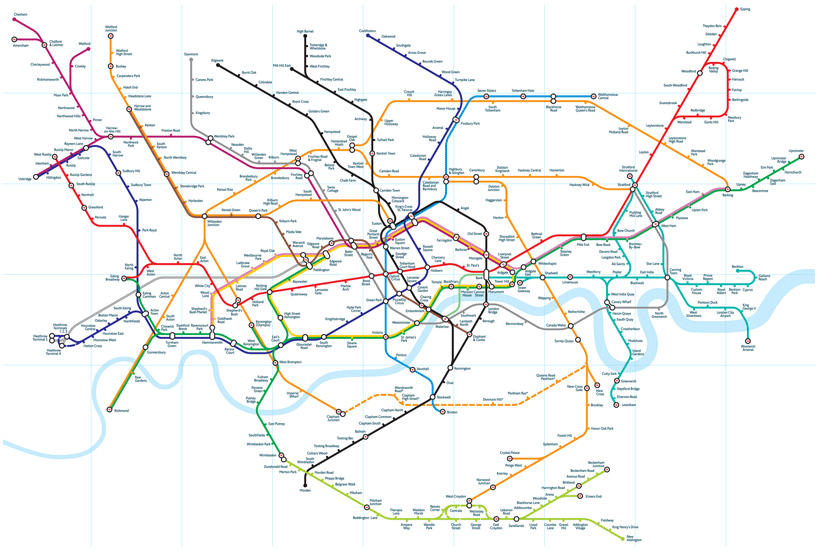In this book, pipeline diagrams have a very specific visual structure,
based on a map metaphor.
At first glance the diagrams are just standard node graphs.
These are very common in the graphics industry,
for compositing, scene definition, rigging and shading definition,
even for pipelines.
But let's face it, most graphs are unreadable.
To be fair: if you are the original author
and the graph is recent, simple enough, and carefully organized,
then maybe you can read it.
Otherwise the typical node graph is a spaghetti tangle.
And yet we all read maps that are just as complex.
We reason about them, make decisions as to best route, etc.
Maps work so well because they follow a spatial metaphor:
features are placed by lattitude, longitude, and scale.
So, for example, on a map of California, San Francisco is above Los Angeles.
(And map software doesn't let you drag Los Angeles around,
with all the highways reconfiguring themselves like rubber bands.)
So that is the key insight:
node graphs by themselves are not good tools for reasoning about complex systems.
Something else is needed — a spatial metaphor.
There are many other spatial metaphors in our everyday two-dimensional communication.
-
text: left to right and top to bottom, indicating time.
-
source code: vertical axis is execution order, horizontal spacing indicates scope.
-
directory listings: indentation indicates grouping.
-
bar charts, function plots, etc.: obey specific rules as to the meaning of axes.


